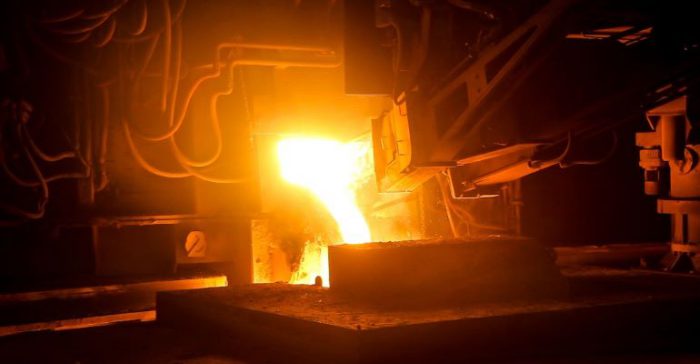Rack Up Leftover Energy Savings This Thanksgiving
energy.gov, 11/19/20 In 1789, President George Washington issued a Thanksgiving proclamation calling upon Americans to express gratitude for the happy conclusion to the nation’s war of independence and ratification of the U.S. Constitution. Since then, Thanksgiving has become a favorite American holiday as family and friends reunite to feast and give thanks. The one drawback, … Read more


